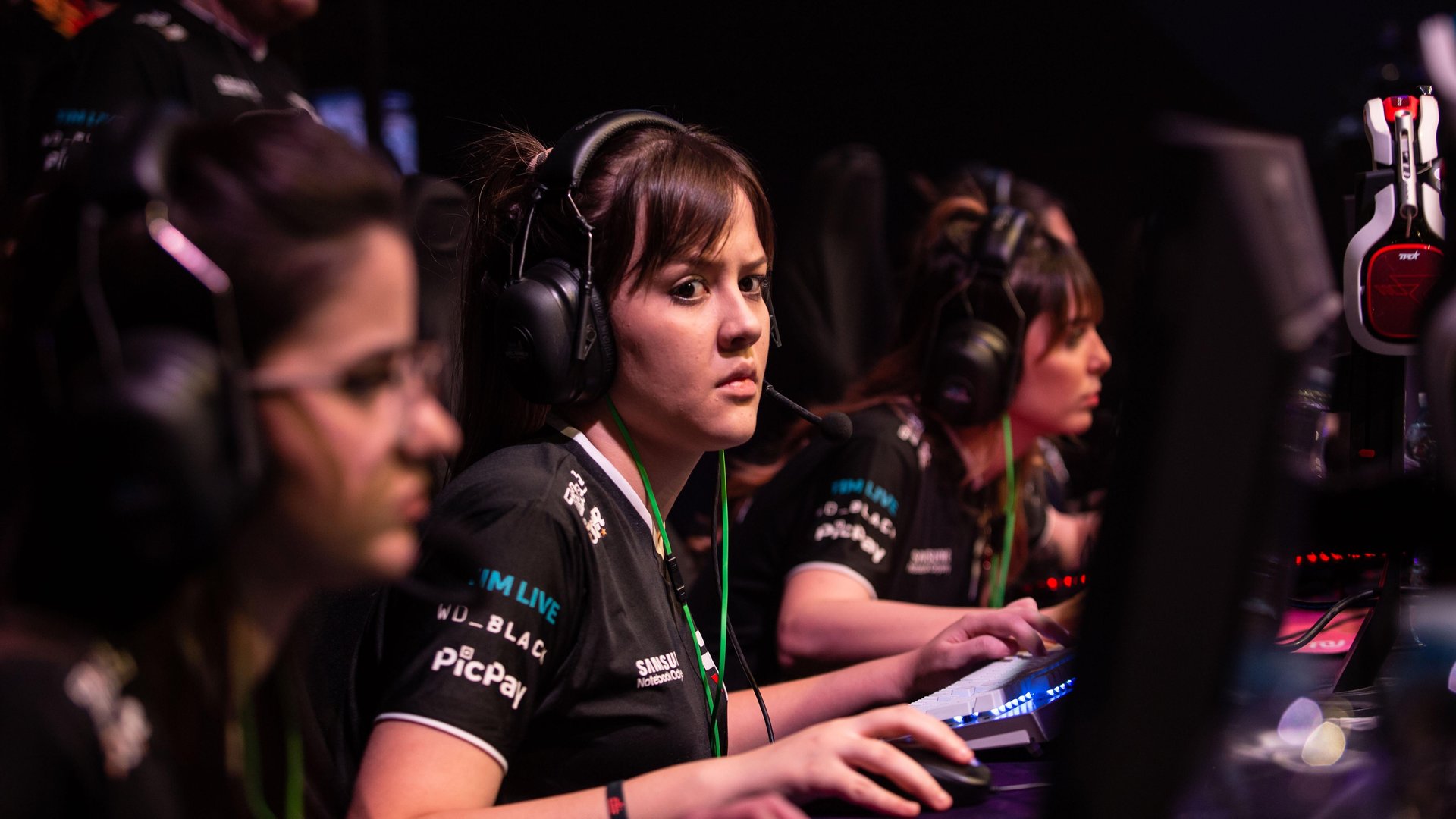Twitch and YouTube streamers made gaming network G4TV obsolete
The old-school network's approach to gaming fell flat with today's gamers who want to chat with and watch other players

The experiment is over: After 11 months in full operation, G4TV is shutting down operations. The gaming entertainment network’s closure comes just a month after the network laid off as many as 30 members of its team to cut costs.
The shuttering of the network is yet another sign that traditional television networks for gaming—whether broadcast on cable, streaming apps, or across social media—face almost insurmountable challenges from networks built around user-generated content such as Twitch.
On Sunday, Deadline published a memo from Comcast Spectacor, the parent company of G4TV. “Over the past several months, we worked hard to generate that interest in G4, but viewership is low and the network has not achieved sustainable financial results,” wrote Comcast Spectacor CEO Dave Scott. “This is certainly not what we hoped for, and, as a result, we have made the very difficult decision to discontinue G4’s operations, effective immediately.”
Failing to win back its audience
The original G4TV cable TV network focused on gamer culture through a mix of news, variety shows, and comedic skits. Operating from 2002 until 2014, it was the first to showcase celebrities like Olivia Munn (X-Men: Apocalypse, The Predator) and technology investor Kevin Rose, who went on to start his own network, Revision3, and the social media site Digg. Eventually, Comcast-owned NBC Universal, the arm of the company that helped launch G4TV, announced its end in 2014.
After relaunching in November 2021, the plan included bringing back old shows like Attack of the Show! and X-Play, as well as original show hosts Kevin Pereira and Adam Sessler. G4TV knew it couldn’t survive using its old broadcast model at a time when games are live, participatory events (every month, 8 million independent gamers on Twitch stream videos to 31 million fans daily).
So G4TV’s CEO Russell Arons set out to marry its broadcast model with the chatty, live-streaming approach of platforms like Twitch, which have much lower staffing and production costs than traditional television networks.
“In terms of what we are doing that is different from the original G4, it’s in part that we are having more ways to reach our fans than ever before. Old G4: cable TV. New G4: everywhere gamers are,” Arons told Quartz in October of 2021, just prior to the network’s full relaunch schedule. “[We have] an important strategic partnership with Twitch. [We have] unique video that goes on our YouTube channels. And then the power of reaching a wide group of folks on cable and linear. So distribution really is reinventing how we’re both reaching fans, but also our content.”
But reviving the gaming network was a risky bet. The network’s small following, mostly 18- to 34-year-old men obsessed with technology and gaming, meant it could only capture a fraction of the 62 million homes where it was available.
And G4TV may have learned too heavily on nostalgia. It hoped to attract new viewers through its credibility as a pioneer in gaming video content. But G4TV’s audience, once niche, has evolved. Gaming culture is now mainstream, attracting 227 million gamers in the US alone, many of whom interact on social platforms such as Twitch and YouTube. It’s also evolved demographically—with roughly 48% of gamers (pdf) identifying as women in 2022.
For many, G4TV held little cachet.
Competing with user-generated content is difficult under the old network model
G4TV had big plans. It was aiming to marry its old television distribution approach with the new era of streaming. Arons also revealed that there were also plans to become an active extension of Comcast’s Spectacor eSports efforts, and joint the NFT space popularized by games like Axie Infinity.
But it wasn’t enough. After almost a year of broadcasting, G4TV’s Twitch and YouTube channels failed to reach even 200,000 subscribers. Most videos on its YouTube channels reached just a few thousand viewers. That compares to Twitch’s 2.6 million concurrent viewers across the gamer-focused site in 2022.
